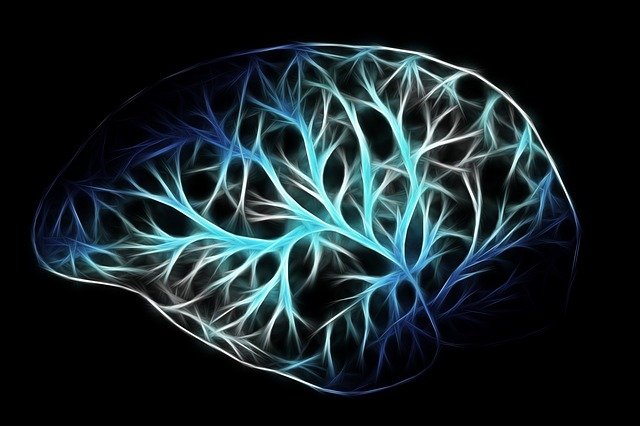Our last post discussed the relatively new discovery that our brains can be rewired long after childhood. Today’s post will discuss some of what happens inside the brain during a trauma response – whether responding to current or past memories.
When humans are conscious of a dangerous situation, their first response is often to ask for help. We learn to ask for help and from whom to get help as children. But when the body realizes that help is not coming – or has already experienced a series of situations in which no help arrived – the subconscious parts of our brain go into action. Subconscious parts function automatically – and when these parts perceive that we are in dangerous circumstances, a series of actions begins to take place inside the brain. Many people call this the “Fight, Flight, Freeze, or Submit Response” because without conscious direction, the body pops into “auto-mode.”
The body may exhibit a Fight Response in that, much like a lion, it will become aggressive and attack the perceived danger. People who have never exhibited aggression in their lives may tackle someone who is trying to kidnap their child. Or a teenager suddenly may respond with physical aggression to an adult who has abused him since he was a child. The body may exhibit a Flight Response and the individual finds herself running like a deer away from danger faster than she has ever run before. The body may exhibit a Freeze Response, much like a rabbit or a fox who hear the sound of a twig snapping and are so still one can barely distinguish them from their surroundings. A person in a dangerous situation may freeze and literally be unable to move. Finally, a Submit Response is like a prey animal rolling over in the presence of a predator animal to signal a lack of aggressive intent. Kidnapped individuals may respond in this way in order to wait for a better time for escape – or because they sense there is no hope of escape.
All of these response styles are triggered by an automatic process taking place in the brain. One of the first responders in the brain is the amygdala, which signals several other parts of the brain to turn “up” or turn “off.” The broad concept is that the amygdala is like a submarine captain in an old black and white movie who runs down to the belly of the submarine and moves a giant red lever. With that movement, everything in the submarine is shut down unless it is vital to existence. The submarine “goes silent” so as not to be detected by the bad guys. In a similar way the amygdala silences many parts of the left side of the brain: 1) parts of the brain that label people, places, things, and events; and 2) parts of the brain that use the labels to form sentences and then place those sentences into a cohesive story that makes sense in time and space. The front of the brain is the “executive decision maker” – kind of like the editor of a newspaper – and decides whether any story developed on the left side of the brain is good enough to “publish” or should be sent back for changes. This part of the brain is also shut down to a great degree.
Other parts of the brain are turned “up.” The right side of the brain that functions largely with pictures and colors is pushed into motion. Stress hormones, adrenalin and cortisol, are released that will enable the person to run or fight. The heart and blood system pop into overdrive to insure that there is enough oxygen and energy to function under massive stress. All of the energy usually used by day-to-functions is rerouted to these areas to provide the best possible margin of success.
Perhaps the most frustrating part of how the amygdala operates is its inability to distinguish between real and perceived threat. Thus many of our patients at Birmingham Anxiety and Trauma Therapy come into therapy seeking help for experiencing the above trauma response over and over and over again. Please know that help is available and hope exists. We would love to assist you in your quest for wholeness. Please check in next month as we provide more information about the amygdala and what may be done to disrupt the trauma loop described in this post.








